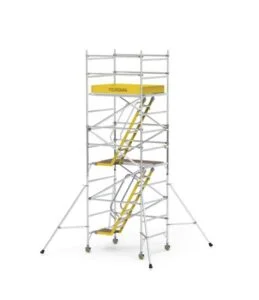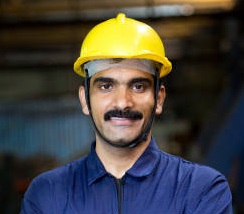Safety is critical when using any access equipment. Key precautions include:
- Always inspect the scaffold before each use for any damage or missing components.
- Ensure it is level and all wheels are locked before climbing.
- Never exceed the load capacity marked on the platform.
- Use guardrails, toe boards, and stabilizers for elevated work.
- Only trained personnel should assemble and disassemble the scaffold.
Most certified scaffolds come with user manuals and safety checklists—always follow manufacturer guidelines for safe operation.



